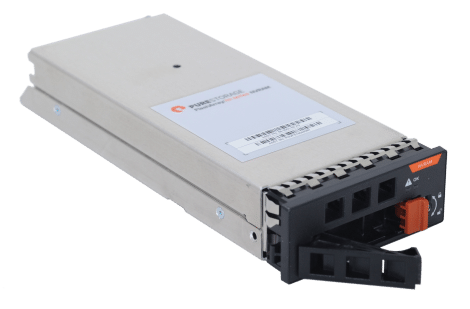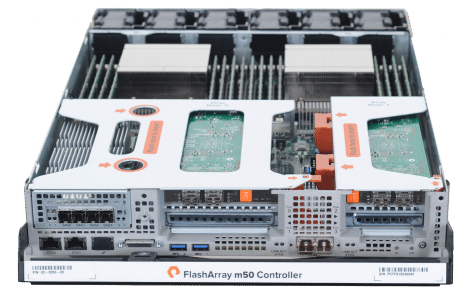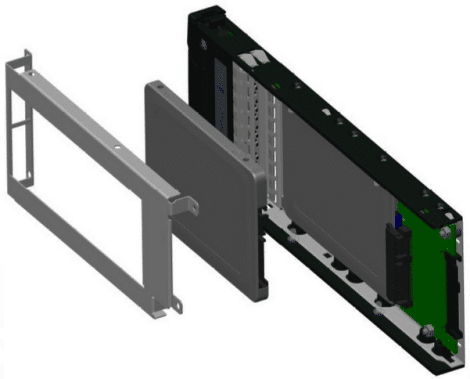Back in June, Pure Storage announced a new all-flash array dubbed the FlashArray//m, their latest all-flash primary storage solution. Pure Storage has released further information about their new array, specifically concerning the components that make up the FlashArray//m: the overall architecture, NV-RAM, PCIe non-transparent Bridge, and its Flash Modules.
When looking at its architecture, Pure Storage revealed that though it still leverages commodity components including Intel CPUs, DRAM Memory and standard SSDs, they have packaged them into a smaller, higher density platform in their new array. This allows the //m to take full advantage of both the technologies and density/price point targets.

At the launch Pure Storage revealed that they have designed their own NV-RAM cartridges for the FlashArray//m, which is a big step forward compared to the SLC SSDs that were used inside the FA-400 series. The storage system puts the writes in NV-RAM before spreading the data evenly across all the SSDs in the //m. Leveraging NV-RAM promotes a longer lifespan of the underlying SSDs through what Pure calls FlashCare. NV-RAM isn’t very common in the storage array landscape. A few others have used it prior, including many Nexenta deployments. The problem historically though is that few NV-RAM solutions exist. STEC made one called ZeusRAM, which HGST carries on with in extremely limited quantities, and while others announced such solutions, they’re not a volume play and tend to be very expensive. This is the reason why Pure struck out on their own to have a custom solution made for the //m array.

In addition, the new NV-RAM modules combine both DDR3 DRAM and NAND flash, which are backed by super capacitors. As a result, the stored energy residing inside the super capacitors can be used to power the NV-RAM module in the event of a sudden power loss. Pure Storage’s new flash array is equipped with up to 4 of these hot swappable modules, which are dual-homed to both controllers and are connected through NVMe-enabled PCIe.
Also announced is the FlashArray//m’s use of a non-transparent bridge (NTB), a point-to-point PCIe bus connecting two systems that provide electrical isolation between the two subsystems. This results in a reduction in the number of components necessary to boast High Availability. Pure Storage claims that this will mean less cabling complexity as well as an improvement with the native performance between controllers.

Pure Storage’s use of a Flash Module design allows for a new interposer that converts SATA to SAS and provides interfaces for two SSDs in each module. This not only increases capacity, but also allows for double the amount of SSD controllers for a noticeable increase in performance. Pure Storage adds that each of the flash modules are hot pluggable and dual homed to each controller through a SAS 12Gb/s connection over PCIe. The use of SATA SSDs also helps keep the cost profile for the //m lower.

Pure Storage’s FlashArray//m is available now, shipping in several configurations.




 Amazon
Amazon